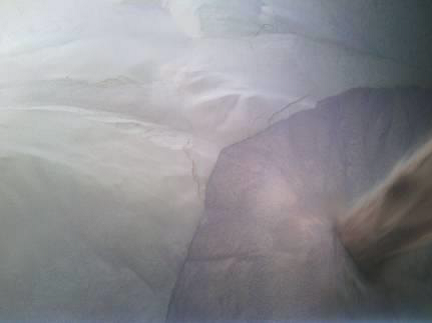The Association has recently experienced a number of high value cargo claims in respect of Distillers Dried Grains and Solubles cargo (DDGS) discharged in China.
What is DDGS?
DDGS are the solid remnants derived from ethanol distillation which contains quality protein and is utilized most commonly for animal feed. DDGS contains maize grain, but there are varying contents of other grains which can be utilized. The end DDGS ranges from a very pale golden color to a dark roast coffee color and this depends largely on processing factors such as temperature and moisture content.
The importance of color
The Chinese market/buyers appear to prefer DDGS of pale yellow color and often stipulate a color specification in sales contracts which may influence the sale price.
The fall in market price
The Association understands that the market for DDGS cargo has fallen considerably in the last few months and this may be a factor driving some of the claims the Association has received.
The load ports
In most of the cases recently registered with the Association, DDGS was loaded in Louisiana and New Orleans in the last few months. During loading operations, the Association has been advised that various colors were witnessed but without significant comingling. In other words, the pattern of DDGS loaded on board has been quite distinctive with layers of dark and pale cargo.
In some cases, the crew noticed the discoloration at the load port but did not consider it as a potential cargo quality problem and hence did not lodge a protest or cease cargo operations.
Assurances by shippers, local agents and charterers
In some cases, the crew objected to the DDGS being loaded with varying colors but were assured by the shippers, and in some instances, local agents, charterers and the receivers that there is no issue and were given confirmation to continue loading but upon discharge in China, receivers lodged protests over darker DDGS discharged.
What should members do?
- Stop loading immediately if discoloration is noticed by crew
- Take pictures
- Notify the owners' office
- Notify the Club who may appoint a surveyor to:
a. assist the master on preserving evidence, and
b. if appropriate, assist with clausing the bills of lading(s)
What happens in China?
Cargo receivers in China are demanding substantial security when the DDGS cargo arrives discoloured and they are alleging that it was "damaged" during the voyage. They make a claim under their insurance policy and the cargo underwriters pursue owners via subrogated rights under the bills of lading.

Difficult receivers
The cargo receivers do not appear to accept that the discoloration of DDGS is a pre-shipment issue, notwithstanding presentation of photographic evidence. Cargo receivers initially refuse to provide detailed claim documentation which specifies the nature of the alleged cargo damage. In many cases, a LOU is demanded without providing clear grounds for the claim. In some cases, cargo receivers have refused to provide load port documentation, including cargo certificate, cargo declaration or the sale contract. This makes it difficult for members to ascertain whether the cargo as a whole meets the US or load port country's specifications and on what basis the cargo is alleged to be damaged.
What can members do if faced with a claim at the discharge port?
It is strongly recommended that members notify the Association immediately if cargo receivers lodge a protest regarding discoloration of the DDGS cargo.
The Association will consider appointing cargo experts to assist with segregating cargo at an early stage if necessary, in sampling damaged as well as undamaged cargo and in preserving evidence necessary to defend any cargo claim.
Loss prevention
Surveyor attendance
If owners are requested to carry this cargo from ports in the US, the Association recommends that a surveyor is appointed to monitor the loading and to collect evidence necessary to assist in protecting owner's interests. It is also recommended to obtain copies of the shippers' cargo declaration and specifications in order to assist the master in clausing the bills of lading if necessary.
Value of photographs
Members are strongly advised to take detailed photographs of the DDGS during cargo operations. The fast loading of DDGS may cause dust and therefore affect the ability to see the color of the cargo, however, the Association still recommends that photographs are taken to show the nature of loading and the visibility to the crew. This also applies where tarpaulins are utilized to limit dust and the Association recommends, if possible, that photographs are taken under the tarpaulin and of the cover itself. This may assist members in proving that the discoloration of the cargo did not occur during the voyage.
Loss prevention during the voyage
Pursuant to the IMSBC Code stipulations on maximum moisture and oil content, DDGS is a Group C cargo. However this cargo is prone to self-heating. If the cargo self-heats, this can adversely affect the color and nutritional quality of the cargo. It is recommended that detailed records of the ventilation should be maintained. Thermocouple probes can also be used to monitor for signs of self-heating and, if a significant temperature increase is seen, advice should be sought from the Club. If cargo is stowed near the engine room bulkhead, care must be taken to avoid overheating of cargo near these areas. Further temperature records should be maintained as evidence that any discoloration did not arise due to heating of the bunker tanks.
The Association is grateful to Brookes Bell for their contribution to this circular.